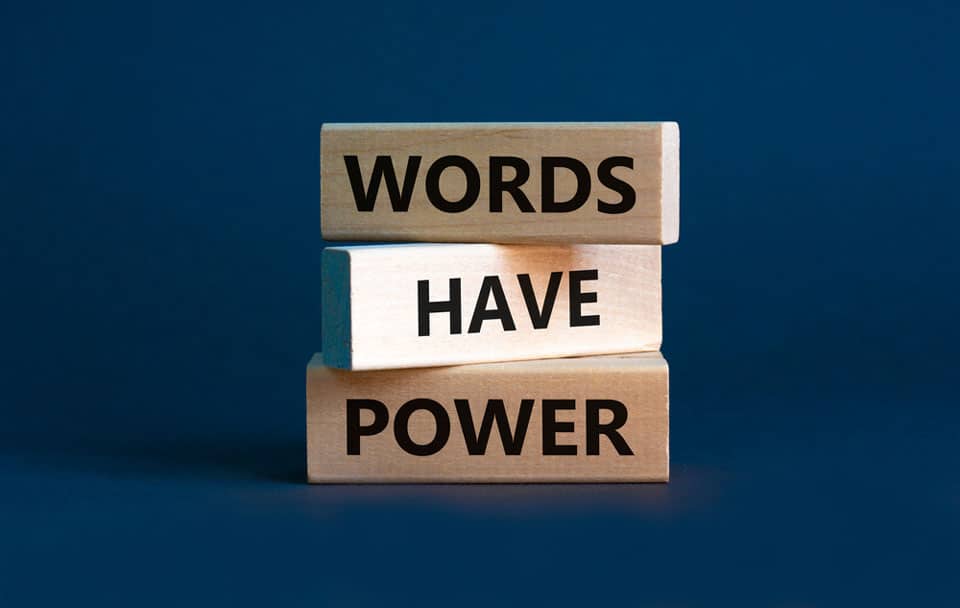Is It Time to Lose “Hey Guys?” – Gender Pronouns and Customer Service

I recently had a conversation with a brilliant Customer Service and Accessibility Manager who I work with on an ongoing basis regarding the diversity content in our training programs. This was followed by a weekend away to celebrate our wedding anniversary and with heightened awareness, became acutely aware of how often we were referred to as “Hey Guys”.
This was in the jewellery store we visited, the hotel we stayed at, and each restaurant we visited. While this was not an issue for me, I couldn’t help but reflect on how this may impact someone who identified as gender-neutral.
According to the Harvard Business Review Article, ‘Companies Can’t Ignore Shifting Gender Norms’ more than 12% of U.S. millennials identify as transgender or gender non-conforming, and a majority believe that gender is a spectrum rather than a man/woman binary. Compared to millennials, Gen Z’s views on gender are even more advanced. In the U.S., 56% know someone who uses a gender-neutral pronoun and 59% believe forms should include options other than “man” and “woman.” Globally, 25% of Gen Zers expect to change their gender identity at least once during their lifetime.
This shift is something that from a customer service perspective, organisations can no longer afford to overlook, and creating an inclusive environment in all elements of diversity is critical. It has always been the goal of customer service to make all customers feel welcome, included, and comfortable and the consideration of gender pronouns and gender-neutral language in customer service interactions and customer experience design is essential.
I believe it is never an intention to create offence or harm from the team member’s perspective when using a greeting such as “Hey Guys”. However, creating awareness, understanding why this is so important, and giving an alternative language framework is critical. From a customer experience perspective, it is time to utlise the available technology that can support this. If technology can help us to know a customer’s pillow preference at a hotel, it could also capture a customer’s preferred use of gender pronouns. Asking or knowing someone’s name is not the same as asking or knowing their pronouns. The customer’s name alone, will not always ensure getting the gender pronoun right, as I learned all too well.

During a training program, I accidentally misgendered a participant. It was brought to my attention in front of the group by an ally and I was genuinely mortified. I apologised immediately and after the training had concluded, asked them if I could spend some time to learn what I could do in future to avoid this ever happening again. They were very gracious in educating me further and we had a very insightful discussion regarding the use of they/them pronouns instead of referring to gender and what I could do differently in the future.
What I learnt from this experience is that it’s important to not gender people in our interactions because it can create a negative experience. I have started using this knowledge in my training sessions by introducing myself and my gender pronouns and asking others to share theirs if they wish to do so. I have found this means someone can share this with me privately, in public, or not at all. It gives everyone a choice.
Instead of trying to guess everyone’s gender and sometimes getting it wrong, we can replace gendered language with gender-neutral language. Gender-neutral language means you can refer to people without assuming their gender. An easy way to transition into the use of gender-neutral pronouns is to use “they” or “them” instead of pronouns that refer to a specific gender. For example, “I can have the paperwork ready for him when he arrives”, replace with “I can have the paperwork ready for them when they arrive”.
Having a language framework and alternatives for greetings and interactions can also be useful. For example, instead of:
“Hey guys” – “Hi everyone”.
“Hi ladies” – “Welcome everyone – how are you today?”
“Good morning, Sir / Madam” – “Good morning, all”
She / Him – They
I recall around 30 years ago, working at a beauty products shop. A customer entered the store in a wheelchair and while they may have been perceived as male in appearance, they were wearing makeup and dressed as a female. Our extraordinary Training Manager Lucy, went over and greeted the customer and asked what they were looking for, which was a skin cleanser. As our products were defined by a ‘men’s’ and ‘women’s’ range, I watched Lucy go over and select both the cleansers which she held behind her back. She came back and said “Hi I’m Lucy, what is your name?” to which they replied, “I’m Debbie”. Lucy then proceeded to hand Debbie the female-branded cleanser and said “Well Debbie have we got a cleanser for you!”. Debbie’s smile and response said it all. It was inclusion in action and a moment I have remembered forever.
There are other ways we can actively show our support from updating our LinkedIn profile, our Zoom name login, our email signature, and wearing gender pronoun badges. This also extends to our internal customer interactions. I believe that even if a policy or language excludes one person, then we have failed in our inclusion efforts. I too am still learning and know I may not always get it right, but I am committed to learning more and recognising how important this is. I truly believe that self-awareness of the pronouns we use and having an understanding of why this is so important can ensure we can all work to tailor our language and channel our customer interactions toward inclusivity.
Written by Monique Richardson.
Have you read?
How to Set Tangible Ecommerce Goals for 2023 by Rhett Power.
How Organizations Can Prepare Their Front-Line Leaders for What’s to Come by Katrin Schwabe.
Where Should Companies that Benefitted from the Pandemic Go Next by Christine Alemany.
Are you a tired leader, tired of leading tired people? If so, you are not alone by Anne Grady.
Bring the best of the CEOWORLD magazine's global journalism to audiences in the United States and around the world. - Add CEOWORLD magazine to your Google News feed.
Follow CEOWORLD magazine headlines on: Google News, LinkedIn, Twitter, and Facebook.
Copyright 2025 The CEOWORLD magazine. All rights reserved. This material (and any extract from it) must not be copied, redistributed or placed on any website, without CEOWORLD magazine' prior written consent. For media queries, please contact: info@ceoworld.biz








